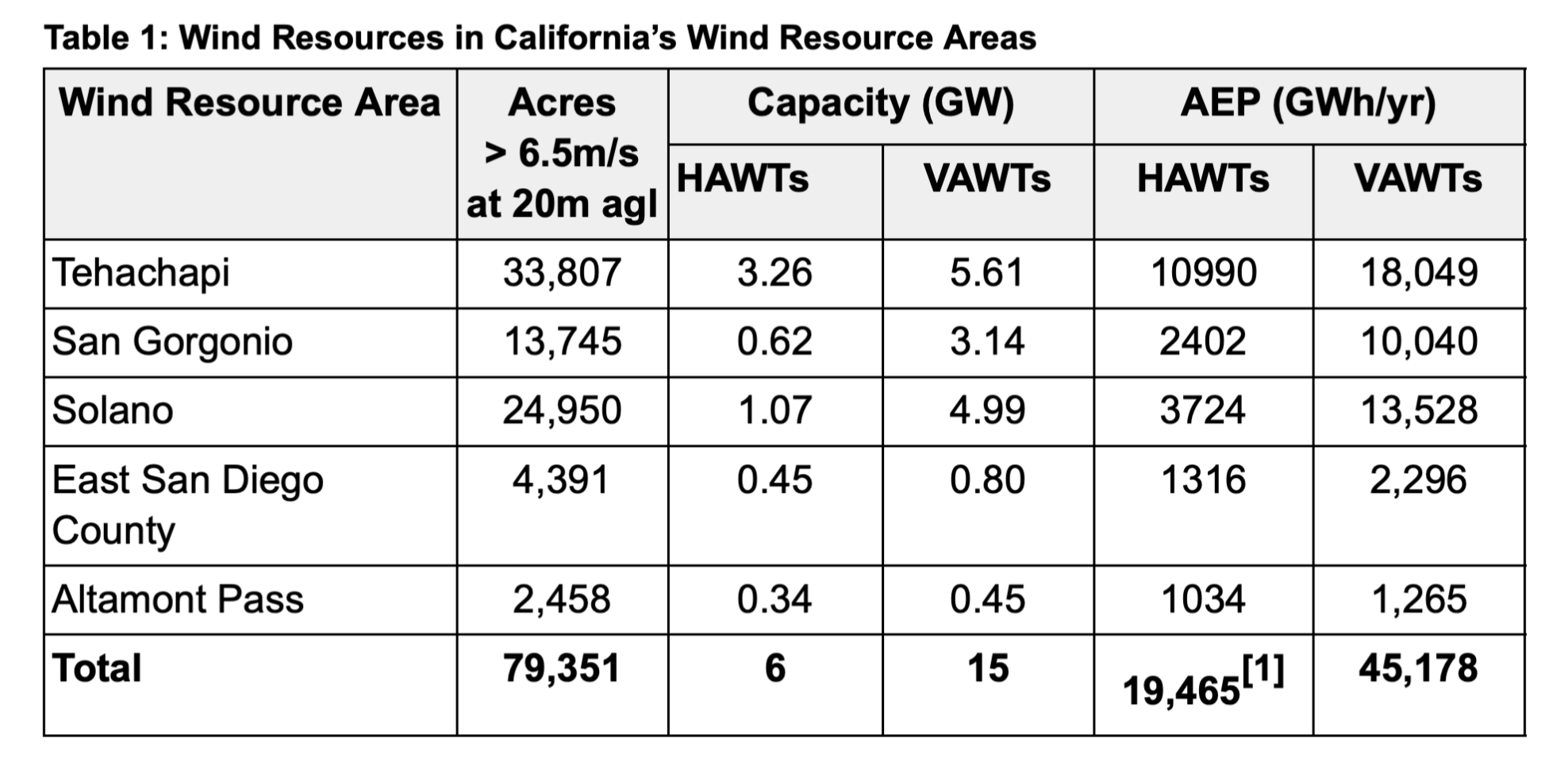Data from Massive, Rediscovered Mid-level Wind Resource in California’s Wind Farms Validated by Respected Industry Meteorologist
FOR IMMEDIATE RELEASE
Contact: Elias Rappaport, elias@nextgeneration.org
June 4, 2024
Davis, CA – Long time wind industry meteorologist Richard Simon has validated results from Wind Harvest’s groundbreaking report on the previously underestimated mid-level wind (wind that blows between 5 and 30 meters) in California’s San Gorgonio Pass Wind Resource Area.
The reports detail how much energy could be produced if vertical-axis wind turbines (VAWT) were installed under and around the tall horizontal-axis wind turbines (HAWT) in California’s existing wind farms. This one change could increase by 2.5x the energy output of the State’s Wind Resource Areas. In these very windy areas, 15,000 megawatts (MWs) of new capacity and 45,000,000 megawatt hours (MWh) of new annual energy production would provide enough electricity to power 6.4 million homes alone.

[1] The 19,465 GWh in Table 3 is more than the 15,200 the CEC stated was generated in 2021. Either many turbines were offline in 2021, or this report overestimated their efficiencies.
Due to an unfortunate set of errors when the California Energy Commission and the National Renewable Energy Labs were creating maps of the state’s 30 meter wind resource, the knowledge of the high average annual wind speeds nearer the ground in the state’s wind resource areas was underestimated and mostly forgotten. Using UL Windnavigator, Wind Harvest has recovered this ‘lost’ data and reintroduced it to the public.
To validate their findings, Wind Harvest hired Richard Simon, a professional meteorologist who has been working in the wind industry since 1977 and performed many of the original wind resource studies that facilitated California’s significant wind development in the 1980s. Simon used data from the San Gorgonio Pass that he had been involved with collecting to test the accuracy of the maps Wind Harvest was creating using UL’s predictions for mid-level wind speeds. UL was remarkably accurate, with some areas overestimating wind speeds by 0.5m/s and other areas underestimating by .01 and 0.2 m/s The overall results showed that the mid-level wind resource in the Pass is excellent.
Regarding Wind Harvest’s report, Simon explained: “The specific terrain of high-wind sites in California where wind turbines have been installed causes the wind resource near the ground to be good to excellent. Those historical data can be used in conjunction with the UL Windnavigator predictions to refine detailed knowledge of the wind resource in areas of interest.”
Wind Harvest’s CEO Kevin Wolf said that their report “California’s Massive Mid-Level Wind Resources Rediscovered” has been sent to the California Energy Commission with a request that they use discretionary funds to hire meteorologists to evaluate the reports mid-level wind predictions for the other state wind resources areas.
“Having accurate mid-level wind maps will help companies building turbines for turbulent mid-level wind like ours attract investors,” Wolf stated. “It is much easier and environmentally less damaging to reuse the roads and double the use of existing windy land than to convert raw land into solar and wind farms.”
According to its website, Wind Harvest is completing the last steps of the wind turbine commercialization process. When third-party certification has been completed, the company can begin selling its Wind Harvester™ VAWTs to commercial and utility customers. They predict their turbines will vary in capacity from 50 kilowatts (“kW”) to 250kW. Their blade tops can be as low as 60 feet above the ground. All are designed for the turbulent and gusting mid-level wind that traditional turbines are unable to use.
For more information on Wind Harvest, visit https://www.windharvest.com.
You can find the report and supporting documents HERE.
[1] The 19,465 GWh in Table 3 is more than the 15,200 the CEC stated was generated in 2021. Either many turbines were offline in 2021, or this report overestimated their efficiencies.
Contact: Jen Hoover, jhoover@windharvest.com
Wind Harvest International, Inc. is a California-based renewable energy technology company, founded in 2006. The company makes, sells, and develops projects for its Wind Harvester brand of H-type turbines, the only known product designed to harvest the highly energetic, turbulent wind that blows 15-80 feet above the ground. Wind Harvest’s wholly-owned financial subsidiary Wind Harvest Pilot Project Inc. raises funds and loans it to the parent company.


